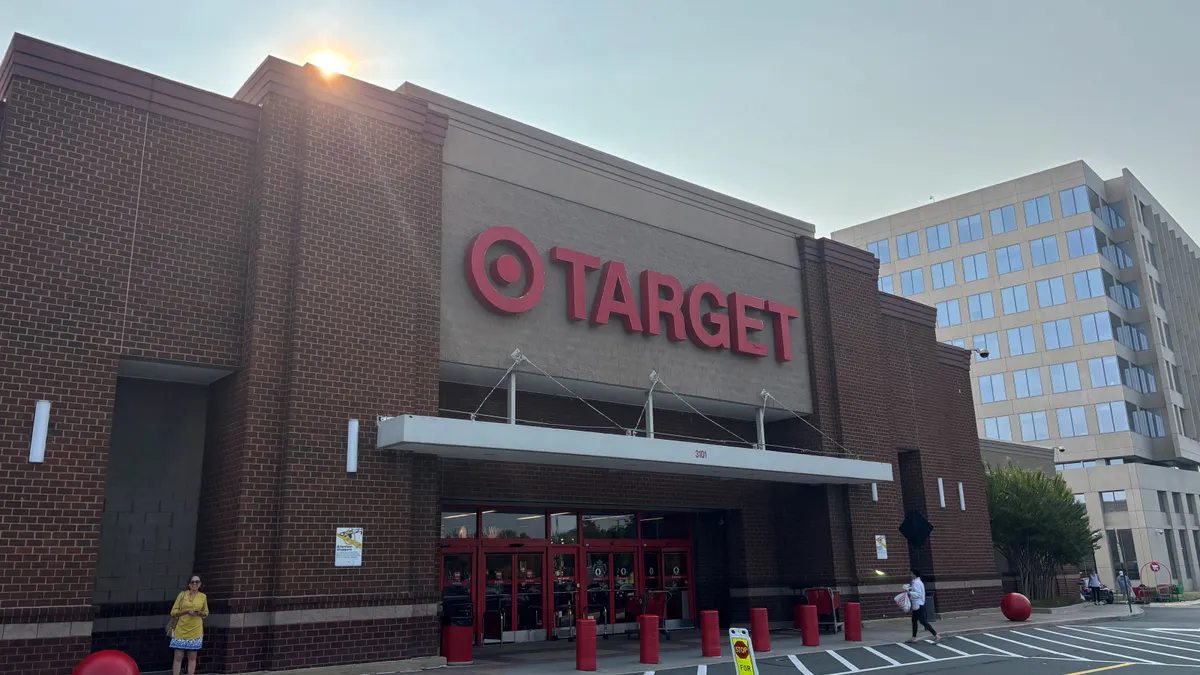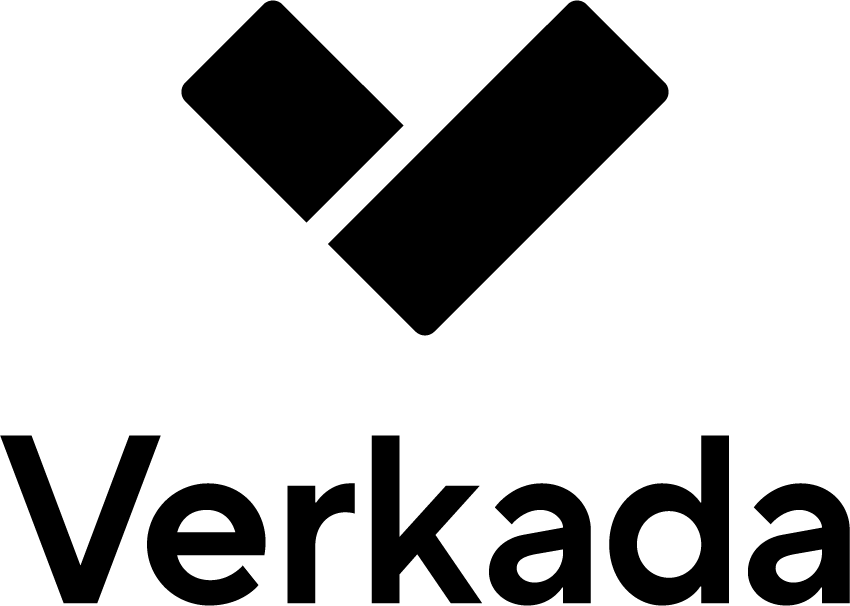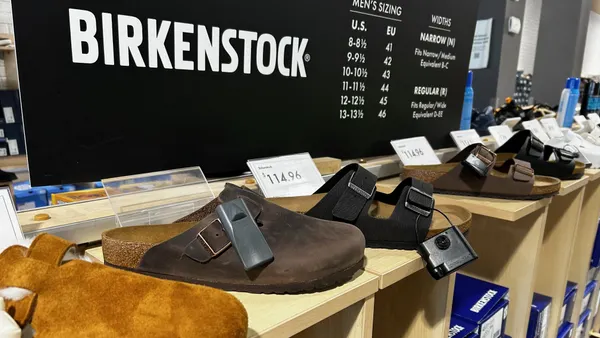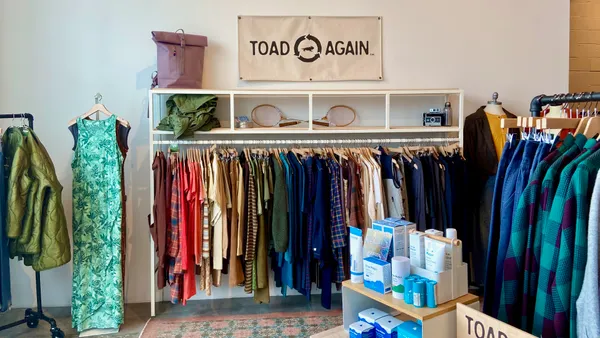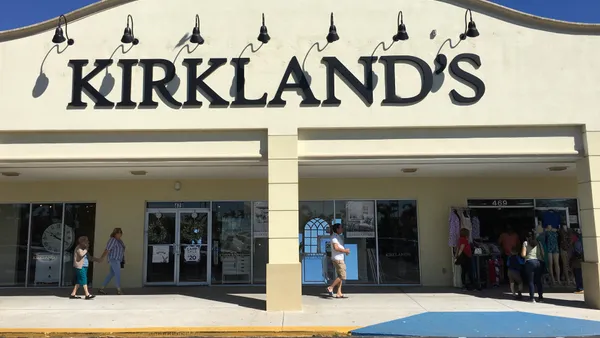Dive Brief:
-
The Trump administration has proposed cutting $191 billion from the Supplemental Nutrition Assistance Program over the next 10 years, and reduced spending by hungry families could cost retailers some $70.7 billion in that time, according to research from CNBC and AlixPartners. There’s a 37-cent loss in grocery sales for every dollar or so reduction, by AlixPartners' measure.
-
Supermarkets and superstores took in 81% of SNAP-related sales in 2016, so they’re poised to be the hardest hit by the cuts, to the tune of $57.5 billion over the decade, according to the study.
-
Within that sector, Walmart is by far the U.S. retailer likely to lose the most, with potential reductions of $12.7 billion in sales over 10 years, according to the research. Target could lose an estimated $4.8 billion to $5.3 billion in that time, Aldi could lose $4.4 billion to $4.9 billion, and Kroger could lose some $3.6 billion to $3.9 billion, according to the report.
Dive Insight:
SNAP monies account for an average 5.8% of sales at participating stores, according to a poll of 6,500 retail locations by the Food Marketing Institute. The federal government itself doesn’t disclose how much assistance money goes to which retailers, although Walmart once acknowledged that those monies had accounted for some 18% in 2013 (a confirmation of leaked information). That would have been $13 billion, or approximately 4% of Walmart’s U.S. sales.
Walmart is the nation’s largest grocer, and its customer base (and some say, its workforce) is generally older and less wealthy than Target or Amazon's — making the retail giant particularly vulnerable to the level of cuts proposed by President Trump. Walmart’s SNAP-related sales were reportedly an issue in its negotiations with the the U.S. Justice Department and Securities and Exchange Commission to settle bribery claims because a guilty plea could have endangered its participation in federal programs, including SNAP.
Not surprisingly, the food assistance program grew during the Great Recession, but the Obama administration began scaling back outlays in 2013 in light of the improving economy, in addition to exploring e-commerce and other changes. Amazon, FreshDirect, Safeway, ShopRite, Hy-Vee and two other local grocers were tapped for a pilot in several states last year.
The program has sought in recent years to widen its reach and improve nutrition through participation of farmers markets and stricter rules requiring grocers and retailers to include a wider variety of food and products with higher nutritional value. Part of the proposal includes more than doubling the varieties of meats, dairy products, breads, fruits and vegetables that SNAP retailers must offer, requiring at least six of each. The pressure is mostly on the retailers to pare down prepared meals (which wouldn’t count toward such minimums, but could still be bought with SNAP benefits). Alternatives like shrimp, lamb or tofu would also meet the requirement, but the smaller retailers say those expensive items aren’t sought by their customers.
Retailers cannot accept SNAP if they get more than 15% of sales from hot food, including if there’s a fast-food restaurant under the same roof. It's an attempt, according to the USDA, to ensure that restaurants aren’t privy to the SNAP program.






